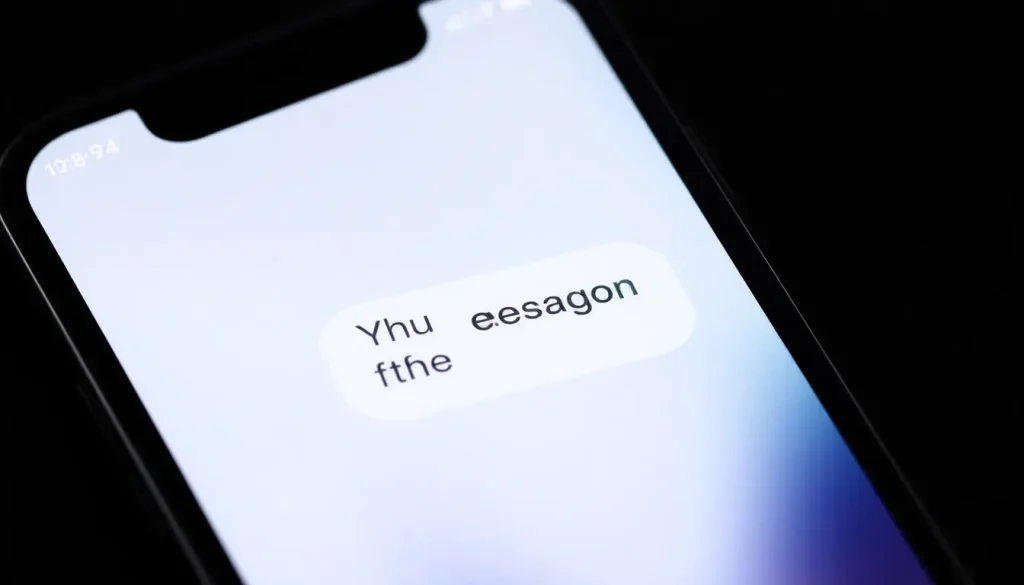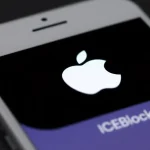Apple fixes iOS 26 bug impacting iMessage functionality

Since the release of iOS 26, many iPhone users have encountered frustrating issues with iMessage, particularly when trying to use their phone numbers for messaging. This has led to widespread confusion and dissatisfaction among those affected. Apple has recognized these challenges and has taken steps to address them, providing users with a clear path toward resolution. If you’re among those grappling with iMessage difficulties, read on to find out what’s going on and how to fix it.
Current issues with iMessage following iOS 26 update
After the launch of iOS 26 last month, a number of users reported problems specifically related to iMessage activation and functionality. This update has introduced some unexpected glitches, especially affecting those who have dual SIM setups or eSIMs on their devices.
Apple has detailed the issue in a support document, explaining that the trouble arises when users attempt to activate iMessage with a phone number linked to an inactive SIM card. Here are some of the notable issues reported:
- Messages not delivered: Users may see a “Not Delivered” alert when attempting to send iMessages.
- SMS only: Some messages can only be sent as SMS or RCS, resulting in green bubbles instead of the typical blue iMessage bubbles.
- Email instead of phone: iMessages are sometimes sent using the user’s email address rather than their phone number.
- Duplicate numbers: Users may notice that the same phone number appears twice in the Settings under Messages.
The underlying cause of these problems has been identified as the presence of both an active SIM and an inactive eSIM with the same phone number. This conflict prevents proper activation of iMessage, leading to the errors and limitations described above.
Steps to resolve iMessage issues on your iPhone
Apple has provided a step-by-step guide to help users troubleshoot and resolve these iMessage issues. If you’re experiencing problems, follow these instructions to address the situation:
- Open the Settings app on your iPhone.
- Select Cellular to view your SIM options.
- If you see two SIMs with the same number, identify the inactive one. If it's a physical SIM, remove it from your device. If it's an eSIM, tap on Delete eSIM to remove it.
- Once the inactive SIM is removed, go back to the Settings app.
- Tap on Apps and then select Messages.
- Choose Send & Receive and tap the displayed phone number to reactivate iMessage.
Following these steps should help restore functionality to your iMessage service. However, if problems persist, consider reaching out to Apple Support for further assistance.
Impact of iOS updates on iMessage functionality
It's not uncommon for major iOS updates to introduce bugs or glitches that can affect core functionalities like iMessage. Each new iteration of iOS brings enhancements and features, but sometimes, these come at the cost of stability. Here are some key points to consider regarding the impact of iOS updates on messaging services:
- New features may cause conflicts: With every update, new features can interfere with existing functionalities, particularly for users with complex setups like dual SIMs.
- Testing period: Apple typically tests updates extensively, but issues may still slip through, especially when different configurations are in play.
- Feedback loop: User feedback is vital in identifying issues, prompting Apple to issue fixes and updates quickly.
- Regular updates: Apple often rolls out patches to address bugs shortly after they are discovered, so staying current with iOS updates is crucial.
Understanding the potential for these conflicts can help users manage their expectations and navigate troubleshooting more effectively following an update.
Feedback from users facing iMessage issues
Many users have taken to forums and social media platforms to share their experiences with the iMessage issues following the iOS 26 update. This communal feedback can be invaluable for both Apple and other users. Here are some common sentiments:
- Frustration: Many users express frustration over the inability to send and receive messages as expected.
- Seeking solutions: Users often share personal fixes or workarounds that helped them regain access to iMessage.
- Community support: Online communities, such as those on Reddit, have become places for users to voice their concerns and seek help.
Engaging with these communities can provide additional resources and support for those experiencing similar issues.
For those looking for further guidance on resolving iMessage issues, numerous online resources and videos can offer step-by-step help. One such video that provides a clear tutorial on fixing iMessage problems after the iOS 26 update can be found below:
In addition to video tutorials, Apple's support website and user forums can also provide assistance and updates regarding ongoing issues with iMessage and iOS updates.
Conclusion
Apple's quick recognition of the iMessage glitch following the iOS 26 update shows their commitment to customer satisfaction. By following the outlined steps, users can potentially resolve the issues affecting their messaging experience. Keeping abreast of updates and leveraging community resources can also enhance overall user experience. For those affected, sharing experiences and fixes can contribute to a more robust support network.
My favorite iPhone accessories:




Leave a Reply